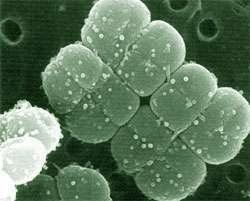Scientific name Deinococcus Phylum Deinococcus-Thermus Order Deinococcus–Thermus | Family Deinococcaceae Higher classification Deinococcaceae Rank Genus | |
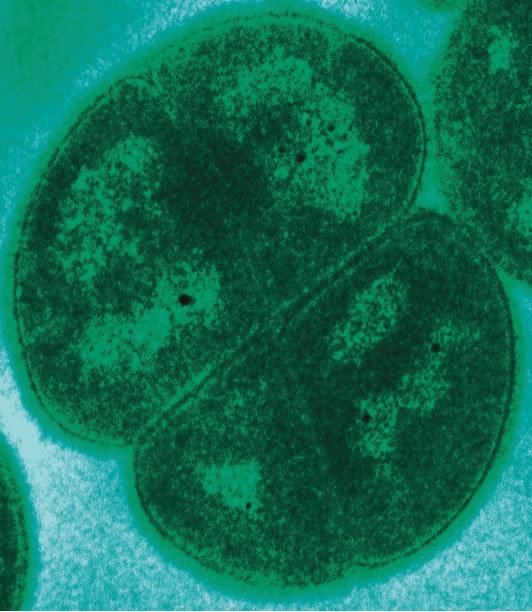 | ||
Lower classifications Deinococcus radiodurans | ||
The deinococcus a bacterial factory at your service
Deinococcus (from the Greek: δεινός, deinos, "dreadful, strange" and κόκκος, kókkos, "granule") is one genus of three in the Deinococcales group of the Deinococcus-Thermus phylum of bacteria highly resistant to environmental hazards. These bacteria have thick cell walls that give them Gram-positive stains, but they include a second membrane and so are closer in structure to Gram-negative bacteria. Deinococcus survive when their DNA is exposed to high doses of gamma and UV radiation. Where other bacteria change their structure in the presence of radiation, such as endospores, Deinococcus tolerate it without changing their cellular form and do not retreat into a hardened structure. They are also characterised by the presence of the carotenoid pigment deinoxanthin that give them their pink color. They are usually isolated according to these two criteria.
Contents
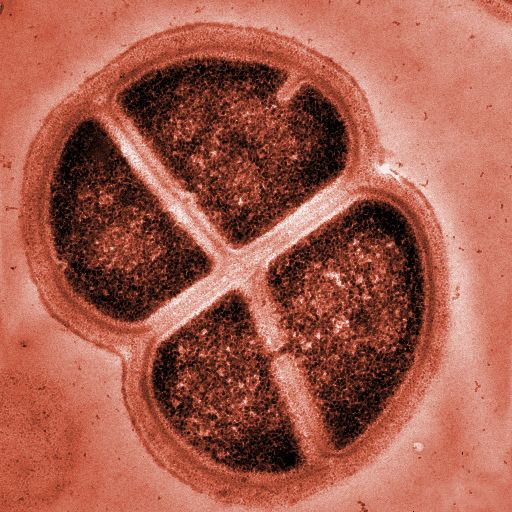
Species
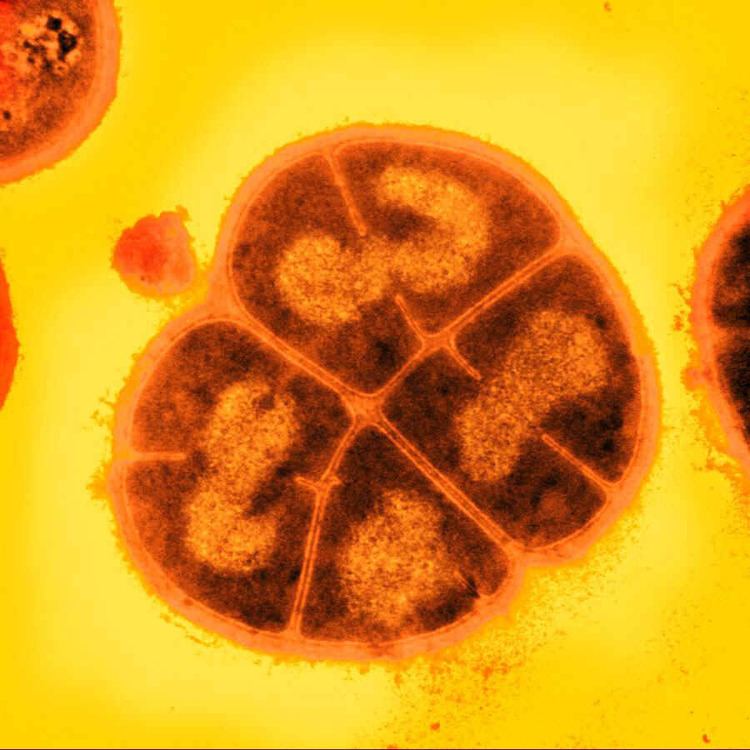
As of August 2011, there were 47 species of Deinococcus described according to the National Center for Biotechnology Information (NCBI):
Phylogeny
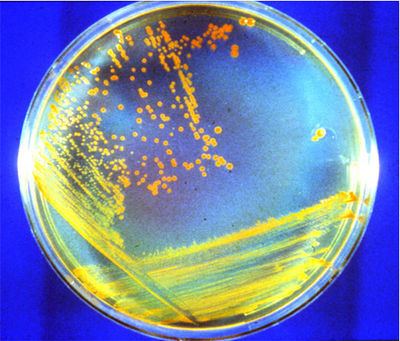
The currently accepted taxonomy is based on the List of Prokaryotic names with Standing in Nomenclature (LPSN) and NCBI and the phylogeny is based on 16S rRNA-based LTP release 123 by 'The All-Species Living Tree' Project.

